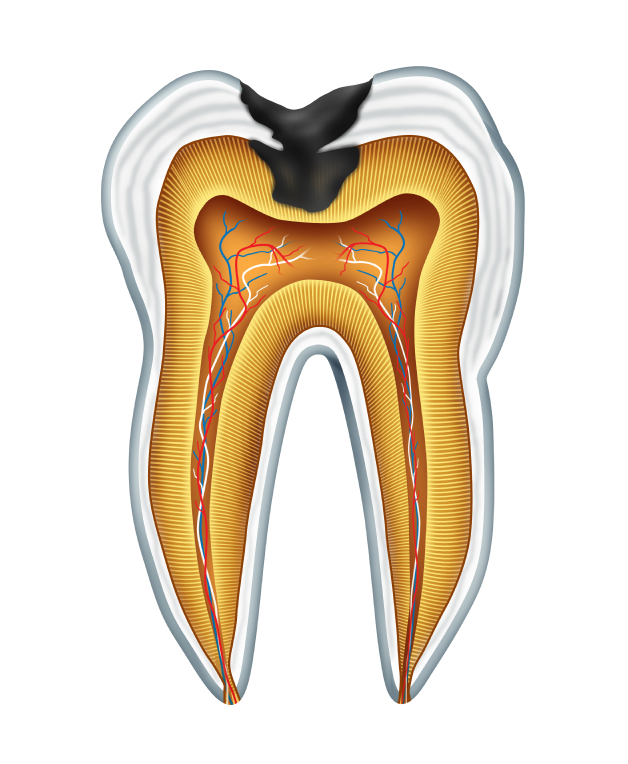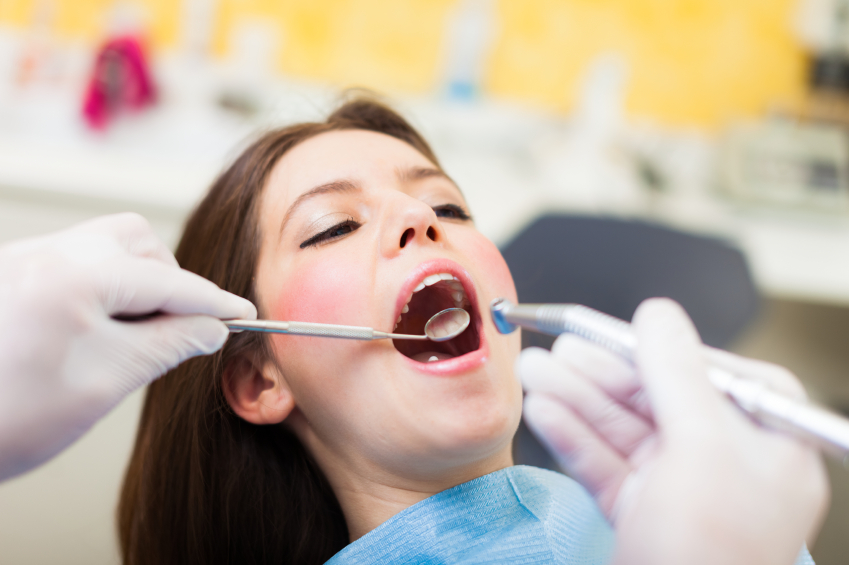Originally, air abrasion was introduced to dentist offices as early as the 1950s. While this technique was popular with patients, technology was not as advanced as it is today, therefore, air abrasion could not become a standard treatment.
Today, new developments in suctioning and bonding are making air abrasion a popular choice once again.
If youa��re pursuing a dental assistant career, read on to learn what makes air abrasion so popular with patients, and why ita��s a staple technique thata��s used in dentist offices across the country.
What is Air Abrasion? A Guide for Dental Assistant Training Students
During your dental assistant training, youa��ll learn all about the importance of helping patients keep their smiles healthy and their teeth clean. But, sometimes teeth might develop small cavities, become discoloured, or develop smalls cracks that will need to be fixed. One of the popular techniques for fixing these small problems is air abrasion.
Air abrasion works by gently blasting away the decayed parts of a patienta��s tooth. Like a sandblaster, air abrasion uses a concentrated stream of air to blast particles onto the affected area of a tooth. Usually, the particles used in air abrasion are made of aluminum oxide or silica. To help make sure that particles dona��t enter the lungs or cause discomfort to patients, they are quickly suctioned away, along with the decayed tooth tissue that is removed during the procedure.
Protective eyewear and a dental dam also help protect healthy teeth as well as the patienta��s eyes and mouth from discomfort, making it a safe and gentle option for patients.
Understanding the Benefits of Air Abrasion Technique
Unlike drilling, air abrasion is gentler on the tooth and the patient. As a result, patients often need less anaesthesia for air abrasion procedures than they would for drilling.
Additionally, air abrasion doesna��t cause the vibrations and heat that comes with traditional drilling procedures. As a result, air abrasion procedures also help leave behind much healthier tooth tissues.
Thata��s why air abrasion is often recommended for the following:
- Repairing small cracks and chips in the tooth
- Removing discoloration and stains
- Preparing teeth for composites
Air abrasion is also a favourite procedure for finding pit-and-fissure caries. Thata��s because air abrasion can gently remove any debris that might be in the way, without damaging the tooth enamel in the process.
When Air Abrasion Isna��t Recommended by Dental Assistant College Grads
Of course, air abrasion isna��t always recommended to patients. As students learn in their dental assistant college programs, dentist and their assistants use a variety of different techniques to help patients.
For example, the gentle nature of air abrasion doesna��t suit more intensive procedures that need to break through the tooth enamel.

Thata��s why for deep cavities, dentists still use traditional drills. However, they might use air abrasion once theya��ve worked through the tough enamel.
Do you want to become a dental assistant?
Begin training at CADH to start your journey on this rewarding career path.A�


